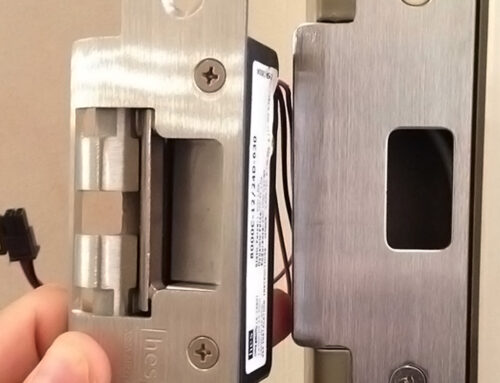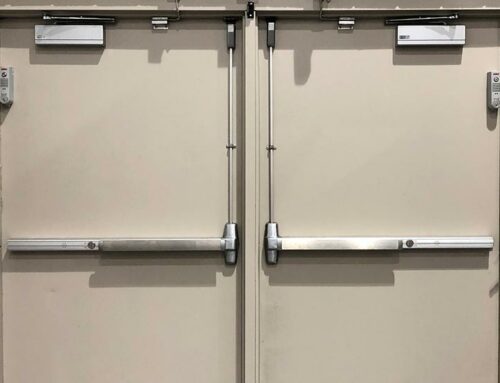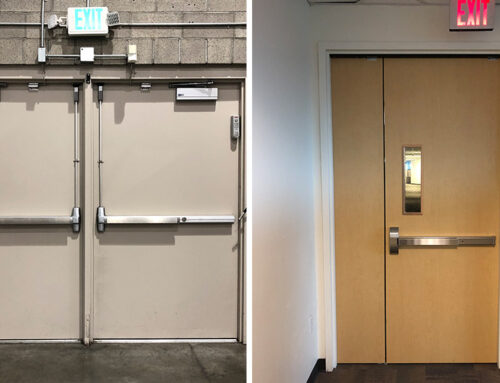Magnetic locks and electric strikes are both popular choices for securing doors in various settings, but they serve different purposes and offer distinct advantages. To determine when it makes sense to install a magnetic lock instead of an electric strike, it’s crucial to consider the specific security requirements, installation factors, and operational needs of your application.
Access control requirements
Magnetic Lock: Magnetic locks, also known as maglocks, are excellent for applications where high-security access control is a priority. They provide a strong and tamper-resistant locking mechanism, making them suitable for critical areas such as data centers, server rooms, and sensitive laboratories. Maglocks create a fail-safe environment, as they remain locked when power is lost, ensuring security is maintained at all times.
Electric Strike: Electric strikes are typically used in applications where controlled access is required but high security isn’t the primary concern. They are ideal for offices, residential buildings, and commercial spaces where the main goal is to allow authorized personnel easy entry while maintaining a basic level of security.
Door type
Magnetic Lock: Maglocks work well with both inward and outward swinging doors, making them versatile for various door configurations. They can secure doors made of various materials, including wood, glass, and metal.
Electric Strike: Electric strikes are more suitable for wooden or hollow metal doors. They work well with doors that have a door frame or jamb that can accommodate the strike plate. If the door material or frame doesn’t support an electric strike, other options like a maglock may be more appropriate.
Fire safety considerations
Magnetic Lock: In some jurisdictions, maglocks are not compliant with fire safety codes because they do not release automatically during a fire alarm or power outage. Specialized fire-rated maglocks with integrated sensors and safety features may be used to meet fire code requirements, but they can be more expensive and complex to install.
Electric Strike: Electric strikes can be integrated with fire alarm systems to ensure doors release automatically in case of a fire emergency, making them a better choice for doors that must comply with fire safety regulations.
Cost and complexity
Magnetic Lock: Magnetic locks tend to be more expensive than electric strikes, both in terms of equipment and installation costs. They often require professional installation and more extensive wiring, which can add to the overall expense.
Electric Strike: Electric strikes are generally more cost-effective and simpler to install, especially for retrofitting existing doors. They often require less wiring and can be a budget-friendly option for many applications.
Aesthetics and convenience
Magnetic Lock: Maglocks are typically installed on the inside of the door and are hidden from view when the door is closed. This can provide a cleaner and more aesthetically pleasing appearance. They also eliminate the need for visible door hardware, which can be desirable in certain settings.
Electric Strike: Electric strikes are more visible, as they are mounted on the door frame. This might be less aesthetically pleasing to some and could require additional door hardware for latch engagement.
Ultimately, the choice between a magnetic lock and an electric strike depends on your specific security needs, door type, fire safety requirements, budget, and aesthetic considerations. Magnetic locks excel in high-security environments with robust access control needs, while electric strikes are more suitable for basic access control applications. It’s essential to assess your unique circumstances and consult with professionals to make an informed decision that aligns with your goals and regulatory requirements.







